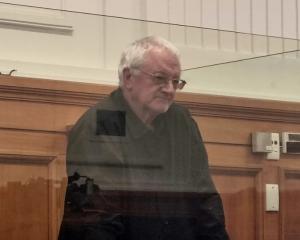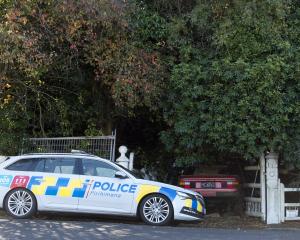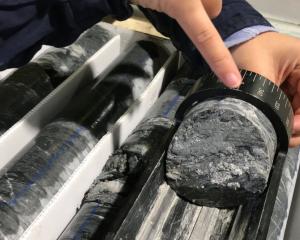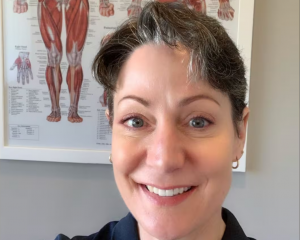
Earlier story:
Venod Skantha (32) is accused of the murder of 16-year-old Amber-Rose Rush, who was found dead in her Corstorphine home on February 3 last year.
The prosecution said at the start of the trial in the High Court at Dunedin that the defendant stabbed the victim to death around midnight the night before, following a heated online dispute.
Skantha has pleaded not guilty to murder and four other charges of threatening to kill at the outset of his trial this week.
Amber-Rose claimed she would make allegations of sexual offending to both Skantha's hospital bosses and police, and posted screenshots of their exchange on Instagram.

The desire to protect his fragile career drove the man to murder, the Crown says.
Once the Facebook Messenger chat between the two ended at 11.25pm, it is alleged Skantha then contacted a teenage friend and went to pick him up.
Constable Brent Mitchell, the court heard today found two properties on South Rd which had CCTV capturing images from the road.
Both showed what the Crown says is Skantha’s silver BMW travelling from Caversham heading east at 11.38pm.
It was a two-door vehicle with tinted windows, with the “distinctive appearance of being higher at the rear than front”, police said.
Seven minutes later the car is seen heading in the opposite direction.
The Crown case is that they were on their way to Amber-Rose’s Corsorphine home.
Forensic pathologist gives evidence
Forensic pathologist Dr Kate White – who completed her autopsy on February 5, 2018 – this morning told the court Amber-Rose died “as a result of an incised wound to the left side of the neck”.
The injury that caused her to bleed to death sliced through her earlobe and hit the base of her skull.
Dr White told the jury the 11cm-long wound hit her carotid artery and breached the windpipe too.
Due to its length, it was not a “classic stab wound”, she said.
Crown prosecutor Robin Bates cautioned the jurors before providing them with photo booklets depicting Amber-Rose's body.
He asked the pathologist how much force would likely have been required to cause such damage.
“It's a very difficult question to answer and there's no way of precisely answering that,” Dr White said.
She told the court the damage to bone suggested at least moderate force but that was also dependent on the sharpness of the knife used.
The severance of the carotid artery, which takes a large volume of blood to the brain, meant the victim would have ultimately “bled out” without medical attention.
How long would it have taken? Mr Bates asked.
“Some minutes,” said Dr White.
As well as the fatal injury, she also identified stab wounds to the back of the neck and two “superficial” horizontal cuts to the girl's throat.
None of those would have contributed materially to her death, the pathologist said.
In cross-examination, Jonathan Eaton QC asked whether the witness could determine whether the killer was right or left-handed.
It was “notoriously unreliable” to speculate on that, Dr White said.
She explained she did not measure the depth of the wounds because it was not a reliable way of estimating the length of the blade used to create them.
She had not examined any weapon which allegedly caused the injuries.
Yesterday the jury heard how Skantha allegedly toasted marshmallows while burning the bloody clothes he wore to commit the murder.
Later, his ex-girlfriend said, they met Amber-Rose's grieving mother Lisa Ann and bought her flowers and a card before suggesting who may have been responsible for her death.
The trial continues.












